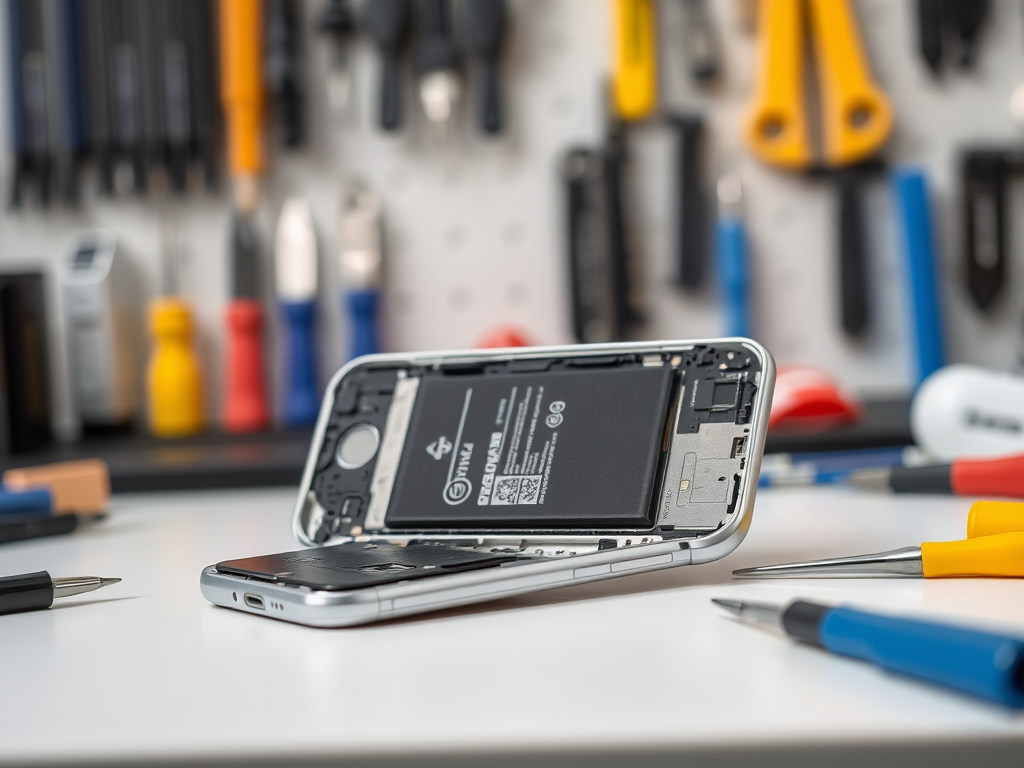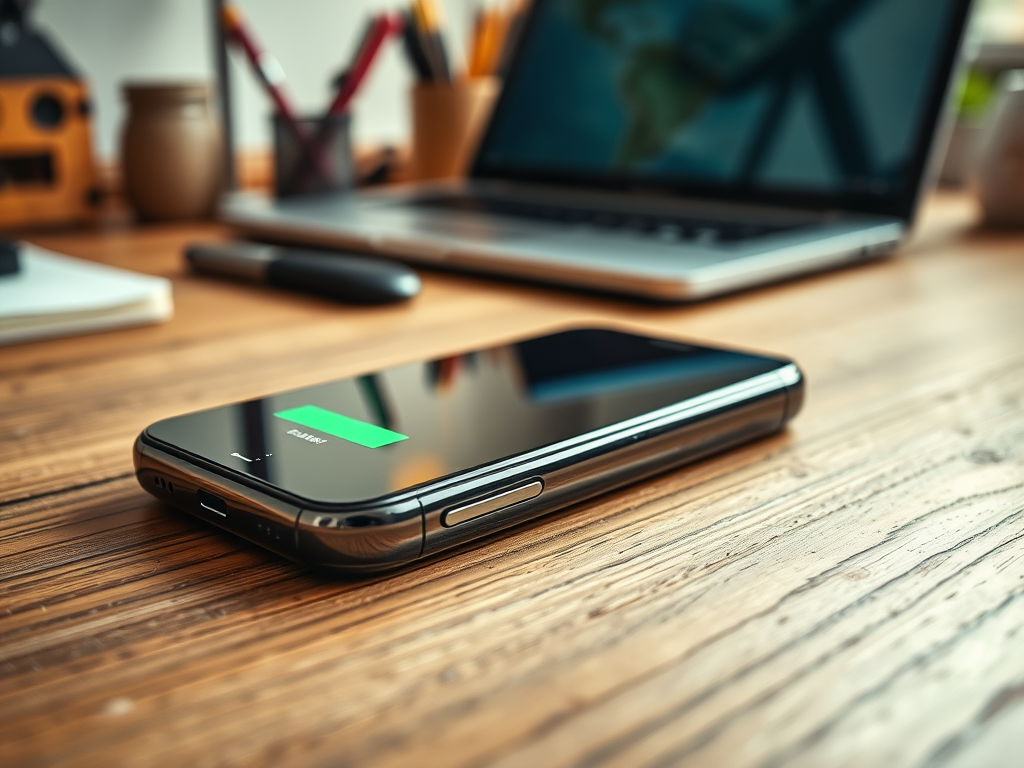At some point in every smartphone user’s journey, the question arises about battery health and when it might be time to consider a replacement. Our devices have become essential extensions of ourselves, empowering us to stay connected to the world around us. However, the battery, often taken for granted, is a key player in this connection. Over time, batteries wear down due to various factors, affecting our phone’s performance and functionality. Identifying the right moment to change your phone battery is crucial in ensuring uninterrupted access to your favorite applications and essential services. In this article, we’ll explore the key indicators that signal you may need a battery change, along with preventative measures to extend its lifespan.
Understanding Your Phone Battery’s Lifespan

Most smartphone batteries today are lithium-ion types, designed for long-term durability and performance. Nonetheless, they are not immune to deterioration. Generally, a lithium-ion battery is built to last about 300-500 full charge cycles before reaching a point of decline. This lifespan can vary widely based on usage, charging habits, and environmental factors. With heavy use, a battery may start showing signs of wear even before reaching its expected lifespan. By understanding these parameters, you can make more informed decisions about battery care and replacement, ultimately enhancing your device’s longevity.
Signs That Your Phone Battery Needs Replacing

Recognizing the signs of a failing battery is key to preventing unexpected shutdowns or malfunctions. Many users may overlook subtle changes that indicate battery degradation, but being mindful of these indicators can save you significant hassle. Below are some of the top signs that suggest your battery should be replaced:
- Rapid Battery Drain: If your phone’s battery seems to deplete much quicker than it used to, that’s a red flag. You may find yourself reaching for the charger more frequently than in previous months.
- Overheating: An overheating phone could signal that your battery is struggling. Excessive heat during routine tasks or charging can indicate inefficient battery performance.
- Swelling Battery: This is a serious issue. If you notice physical swelling, it’s vital to replace the battery immediately to prevent device damage or potential hazards.
- Inconsistent Performance: If your phone turns off unexpectedly or behaves erratically even when it shows a sufficient charge, this could be a major sign that your battery is nearing the end of its lifecycle.
Just as important as recognizing these signs is knowing how to properly assess your phone’s battery health. Many modern smartphones have built-in diagnostics tools you can access to evaluate battery conditions. The following are commonly useful methods:
- Battery Usage Statistics: This feature allows users to see which applications drain the battery the most, enabling better management of power consumption.
- Battery Health Metrics: A quick glance at your settings can tell you the battery’s current capacity compared to its original level, giving insight into wear and tear over time.
- Third-Party Applications: There are also reliable apps available that provide additional insights into battery health, charge cycles, and performance.
| Indicator | Action |
|---|---|
| Rapid Battery Drain | Consider replacing battery |
| Overheating | Seek professional diagnosis |
| Swelling Battery | Immediate replacement required |
Preventative Measures to Extend Battery Life
Once you understand the signs that indicate battery issues, it’s beneficial to implement measures that can prolong your battery’s lifespan. Taking care of your battery can enhance its durability and efficiency, freeing you from frequent replacements. Below are recommended practices to help maintain your phone’s battery health:
- Avoid extreme temperatures; keep your phone in moderate conditions.
- Limit intensive tasks like gaming or streaming while charging your device.
- Always opt for original or certified chargers to prevent potential damage.
- Regularly update your apps and operating system for optimal efficiency.
Conclusion
In conclusion, being aware of when to change your phone battery can significantly impact the device’s performance and longevity. Major indicators such as rapid drain, excessive heat, physical swelling, and erratic behavior should never be dismissed. Addressing these issues promptly ensures that you continue to enjoy seamless connectivity and functionality in an increasingly digital world. Implementing preventive measures not only extends your battery’s lifespan but also empowers you to make informed choices about usage patterns.
Frequently Asked Questions
- How long does a phone battery last? A phone battery typically lasts between 1 to 3 years, depending on factors like usage and maintenance.
- Can I change my phone battery myself? Some users may be able to change their batteries; however, it’s generally advisable to seek professional help to avoid potential damage.
- What is the best way to dispose of an old phone battery? Recycling old batteries through designated centers or manufacturer take-back programs is the most responsible method.
- How do I know if my battery replacement is covered under warranty? Consult your warranty documentation or contact the manufacturer to understand the specifics of battery coverage.
- What happens if I ignore battery issues? Ignoring battery problems could lead to total device failure, unsafe conditions like overheating or swelling, and damage to your phone.


